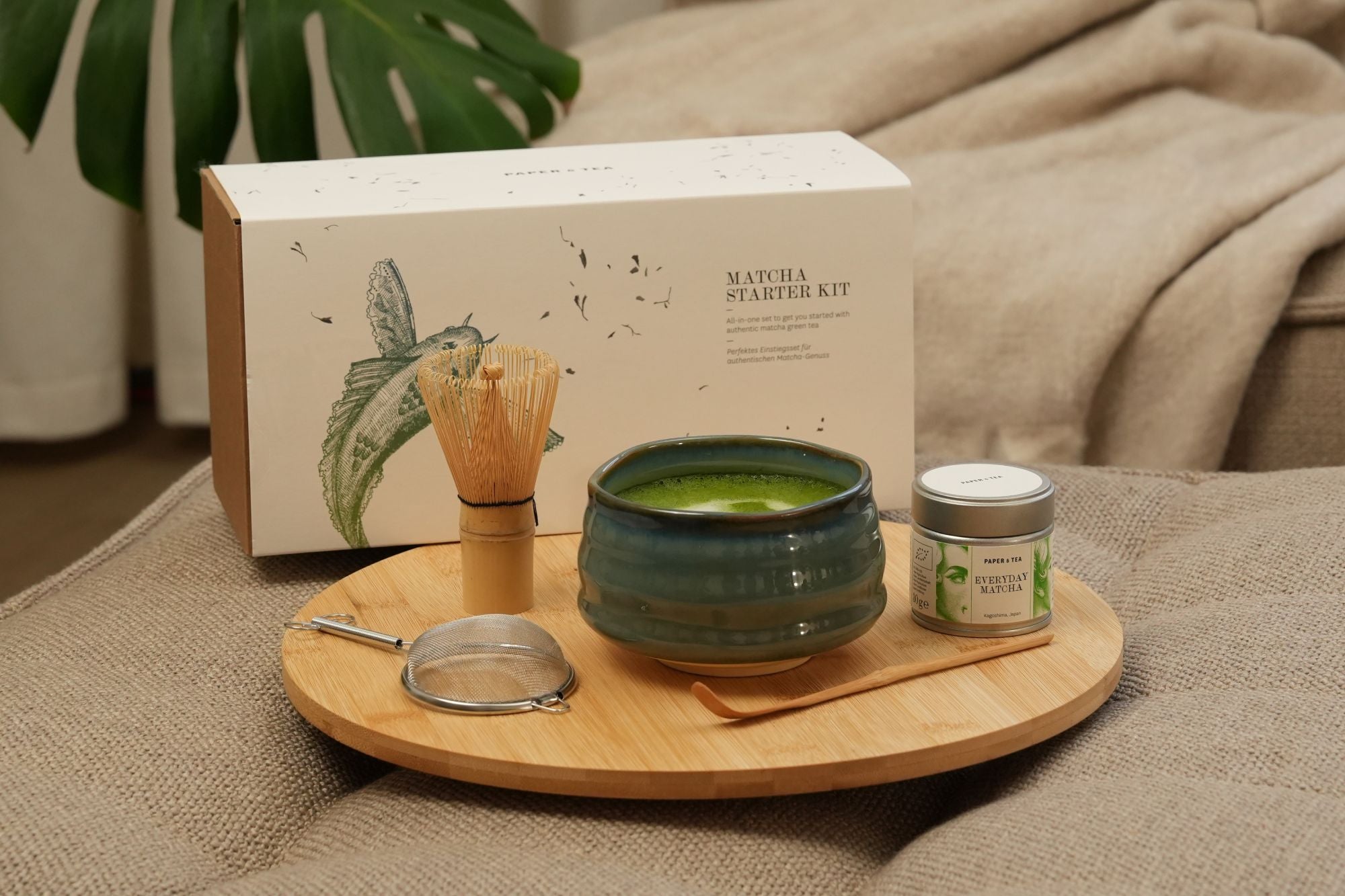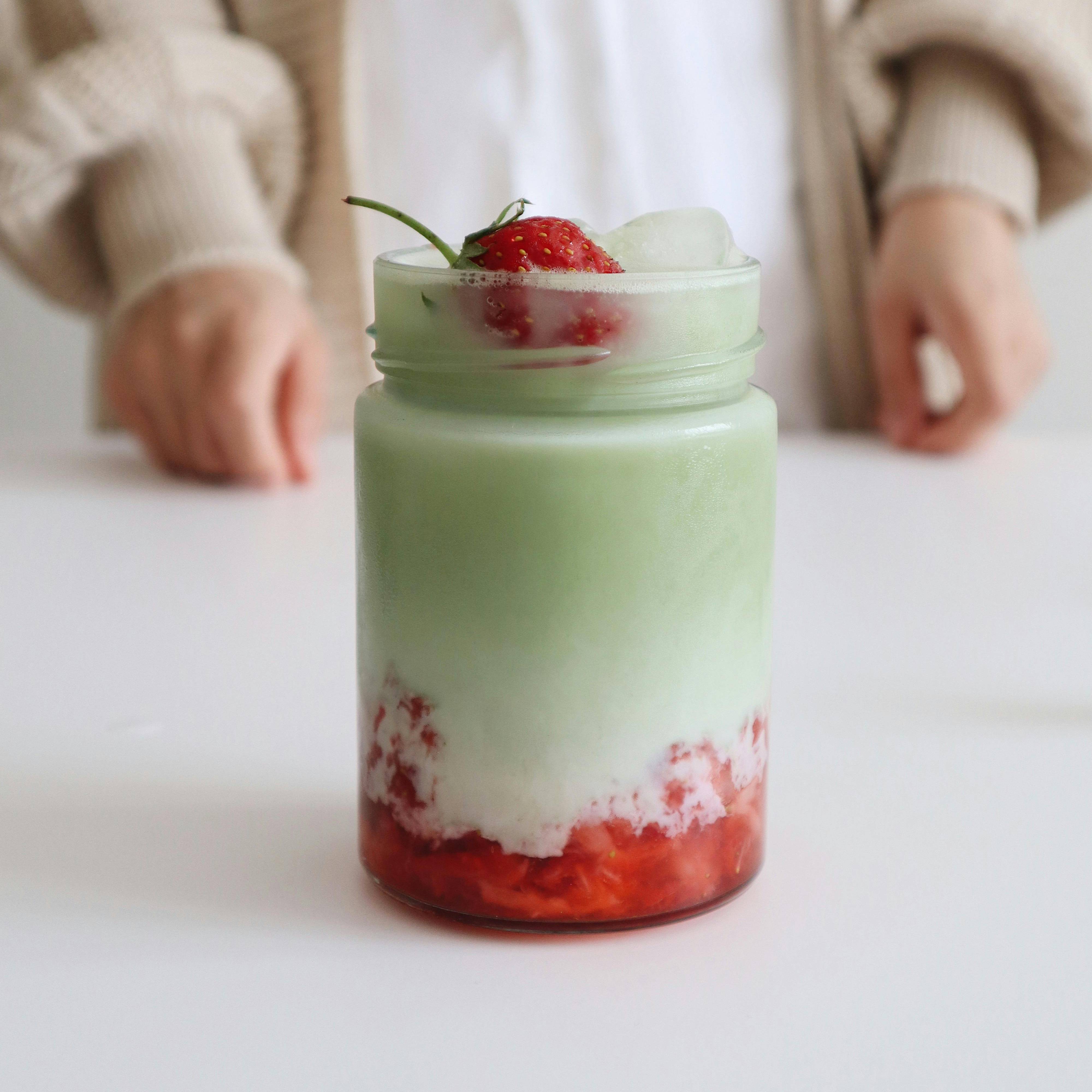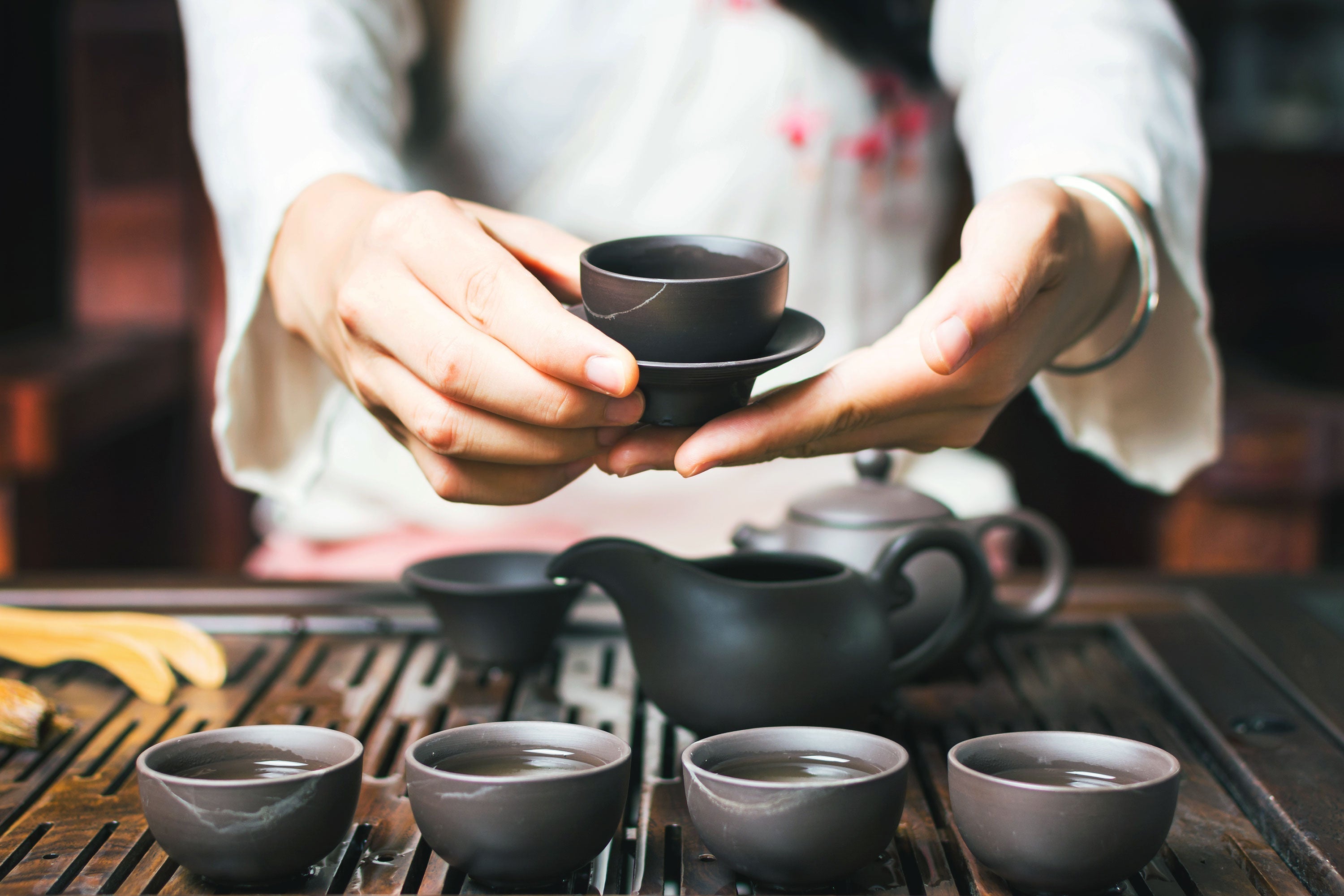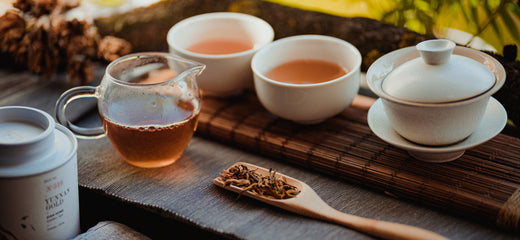Turkey, a land renowned for its rich heritage and welcoming spirit, offers a culinary tapestry as diverse as its landscape. Among its vibrant traditions, one beverage holds a special place in the cultural and social fabric: Turkish tea, also known as Çay. More than just a drink, Çay embodies a way of life, an integral element of every social gathering, and a warm gesture of friendship. Join us as we explore the enchanting world of Turkish tea, where every sip invites you to embrace the precious silence inherent in the art of tea drinking.
The Allure of Turkish Çay: Beyond Just Black Tea
Turkish Çay, the quintessential black tea, is celebrated for its intense aroma and deep, ruby-red hue. Enjoyed at any time of day, Çay is an indispensable part of daily life in Turkey—be it morning or evening, it offers a perfect moment for a pause or a conversation. Sourced from the leaves of the Camellia sinensis plant, which flourish in the lush tea gardens along the Black Sea coast, Çay is typically served in small, tulip-shaped glasses and symbolises hospitality and community spirit. Sharing Çay with neighbours or friends is a cherished part of the Turkish routine.

Crafting Çay at Home: The Çaydanlık Experience
In nearly every Turkish household, the Çaydanlık—a traditional Turkish teapot—is a kitchen staple. This unique kettle comprises two stacked sections: the lower part heats water, while the tea brews gently in the upper chamber. Preparing Turkish tea at home traditionally involves steeping Çay in the Çaydanlık, allowing it to draw out slowly to its perfect flavour. This ceremony demands precise timing and the optimal amount of tea leaves to achieve the desired taste. Once brewed, the tea is poured into glasses and diluted with hot water until the preferred strength is reached. Typically, Çay is sweetened with sugar to temper its bold, often robust flavour, accompanied by light snacks like sesame rings, olive oil pastries, or nuts. When was the last time you took a moment to create a serene pause amidst the hustle and bustle of daily life?
The Tea Ceremony in a Çay Bahçesi
A Çay bahçesi, or "tea garden", is a pivotal social venue in Turkish culture, inviting relaxation and conversation away from the everyday hustle. Picture quaint spots, perhaps shaded by trees and offering captivating views of the cityscape or countryside, where you can escape the urban rush. Here, tea is traditionally served from a Semaver, a samovar-like container that keeps the brew warm. Each sip provides ample reason to exchange stories or simply soak in the tranquillity.

Insights into Turkish Tea Culture: The Soul of Hospitality
Turkey is undeniably a nation of tea enthusiasts. Tea, a symbol of hospitality, is generously offered whenever guests visit. Every meeting, whether business or personal, is enriched by the shared ritual of tea drinking. Regardless of whether the gathering is formal or spontaneous, a glass of Çay is ever-present. To refuse an invitation for tea, whether at home or in a café, is uncommon—serving tea is more than a formal courtesy; it's a gesture of warmth and kinship. Çay reflects the welcoming nature of Turkish culture, extending a steaming cup to guests from around the globe.
The Heart of Turkish Tea Production: A Journey to Rize
Rize, a small town on the Black Sea coast, is at the heart of Turkish tea cultivation. The area's unique climatic conditions provide ideal growing conditions for tea. Frequent rain and fertile soil enable tea bushes to develop their full aroma. Visitors can explore the expansive tea gardens, rolling like a green carpet over the hills, and delve into the rich culture surrounding tea cultivation. Not only is Rize renowned globally as a leading tea region, but it also holds cultural significance as a hub of the Turkish tea industry. Most of the tea produced in this region remains in Turkey, given its immense domestic popularity.

The Origins of Turkish Tea: From Beginnings to Today
Tea arrived in Turkey in the 20th century, inspired by neighbouring countries like Iran and China, and swiftly became an indispensable element of Turkish culture. Initially seen as an economical alternative to pricey coffee, tea quickly gained popularity and became a national beverage. To satisfy the soaring demand, tea cultivation in Rize was encouraged, leading to an industry boom. Today, Turkey ranks as one of the largest producers of black tea globally. Statistics also reveal that Turks lead the world in tea consumption per capita, with about 3 kilograms of tea consumed annually, underscoring Turkey's profound affection for this special beverage.

























